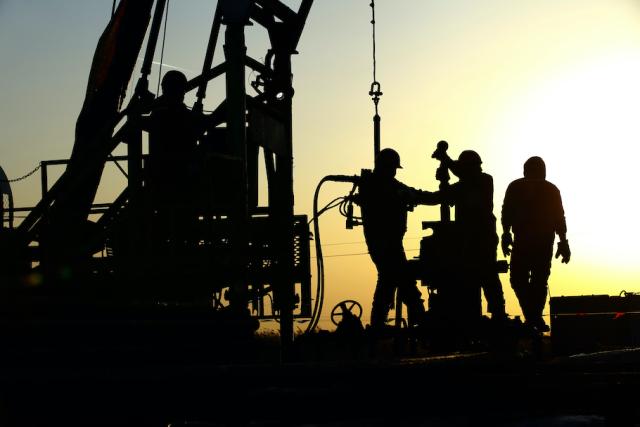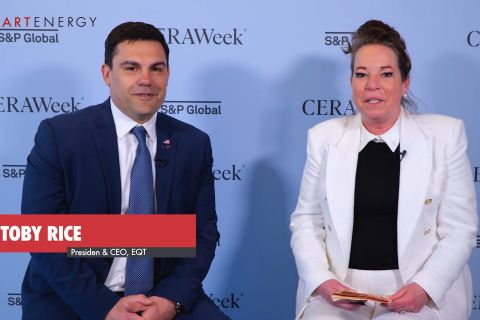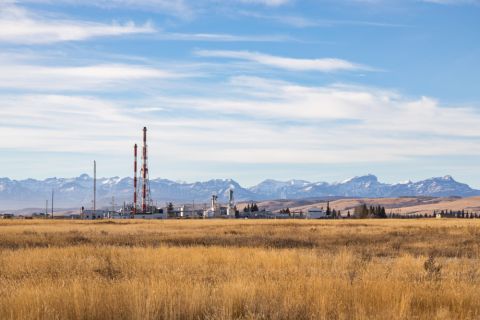
(Source: pan demin/Shutterstock.com)
After a year of layoffs and declining oil prices in 2020, operators see the significance now more than ever to save money wherever they can. However, this kind of thinking requires creative solutions and open-mindedness on their parts.
In the recent SPE webinar “Techniques to Reduce Operating Costs for Increased Reserves,” Philip Hart with Excalibur Ventures Inc. explained how to improve an accounting system, use incremental well cost analysis and decrease operating costs while also increasing well productivity and durability.
"Sometimes imperfection can save you money," he said.
While decreasing expenses is no small feat, Hart highlighted three specific operational techniques to save money while in field:
1) Hiring wisely
“If we can get good, experienced hands that are willing to work together as a team, we can save quite a bit on labor costs,” Hart said.
Stressing the importance of utilizing all personnel, he included the importance of hiring the right kind and number of people. He explained that the benefits of hiring the right people could cut costs by necessitating fewer people to be physically on site. In one instance, Hart saw a 25% reduction in labor on pulling rigs by reducing the number of people on the rig from four to two.
“That’s the technicians, the engineers and geologists, the accounting people, the secretarial help and all of them working together; we can do better than one on one,” Hart said.
2) Organize existing assets
“When we purchase a field, I like to get the vendor list of all the supplies for the prior two years and also the type of chemicals and injection points throughout a field of area,” Hart said.
In a case study, Hart explained that he was able to reduce the number of ball valves on his wells by 90% by examining what the previous operator was spending on ball valves per year and figuring out a way to use less resources and therefore cut costs.
“The previous operator spent $200,000 a year for 900 ball valves every year for 700 injectors. So what we looked at is the two-inch ball valves being used to choke a well because the well could take 400 barrels of water, but based on a five-spot injection pattern, we only want to do 200 barrels a day so it would be choked,” he explained. “What we did is instead of replacing the choke valve, we let the choke valves stay there, and we put an on-off valve right upstream of the new valve, and now it is only to be used like a master valve, only turning the wealth on and off and not choking.”
3) Check the design
In a case study that looked at sock filters in 700 wells, Hart boasted it saved $400,000 per year by changing to a stainless-steel filter that didn’t need to be disposed of as often as the 900 sock filters he was previously using. This method was also more environmentally friendly.
“There’s a lot of labor in changing sock filters,” he explained. “We had in the field 700 wells using about 900 of these sock filters to filter the water going into the well, because if you didn’t filter, they would plug up with barium sulfate. Then you’ve got an expensive rig job.”

Additional tips
To improve an accounting system, Hart recommended getting organized, which will in turn make managing different variables easier. In one example, he proposed labeling each piece of field equipment with a separate assigned ID, which would allow a company to “locate each piece of equipment with an access database search or your accounting database search and find out which ones were causing a lot of problems” should anything go wrong. Labeling equipment with a property ID is also beneficial for chemical suppliers to look at.
“Now 1,500 inputs for one invoice of 110,000, they would take the property ID, take one type of chemical every month with the total, you take that total divided by total on the invoice and you come up with an allocation factor,” Hart offered as an example. “So we could put in one invoice for 110,000 in about one minute, and then in another minute we can upload the database spreadsheet with all the allocation formulas, and it would change the accounting system allocation for that month. Now we have an accurate chemical allocation. That allows us in the field office to also do a truer incremental cost analysis determined to turn wells on or for drilling analysis.”
The main benefit of incremental cost analysis, according to Hart, is understanding how much a well is producing and, in turn, how profitable it is. He explained in another example how to calculate the profitability of 1,150 two-barrel wells producing 150,000 barrels of water.
“If we take out the total costs and end up with the average incremental costs, we were spending $500 per well per month with the profit of $250 per well per month,” Hart said. “The same two-barrel well was costing $842 to operate if it has 300 barrels of water because you use more electricity, more chemicals and generally they have more failures. So now we’re losing money lifting the same amount of oil on this particular well.”
Although these are only a few of Hart’s recommendations, implementing these tips can increase a company’s savings by a significant amount. View the full video of Hart’s lecture here.
Recommended Reading
Aethon’s Far Western Haynesville: Three Wells, 17.5 Bcf and Still Roaring
2024-02-05 - Aethon’s wells show no signs of flatlining—and neither are Comstock Resources’ tests, one of which has already reached nearly 50% of its previously estimated EUR.
Mesa III Reloads in Haynesville with Mineral, Royalty Acquisition
2024-04-03 - After Mesa II sold its Haynesville Shale portfolio to Franco-Nevada for $125 million late last year, Mesa Royalties III is jumping back into Louisiana and East Texas, as well as the Permian Basin.
EIA: Permian, Bakken Associated Gas Growth Pressures NatGas Producers
2024-04-18 - Near-record associated gas volumes from U.S. oil basins continue to put pressure on dry gas producers, which are curtailing output and cutting rigs.
CEO: EQT Positioned to Meet Demand of Power-guzzling AI Data Centers
2024-04-01 - EQT Corp.’s Toby Rice said demand for AI could exceed the power demand required to meet U.S. residential demand and jump 20% by 2030, in this Hart Energy Exclusive interview.
Analyst: Chevron Duvernay Shale Assets May Sell in $900MM Range
2024-01-29 - E&Ps are turning north toward Canadian shale plays as Lower 48 M&A opportunities shrink, and Chevron aims to monetize its footprint in Alberta’s Duvernay play.





